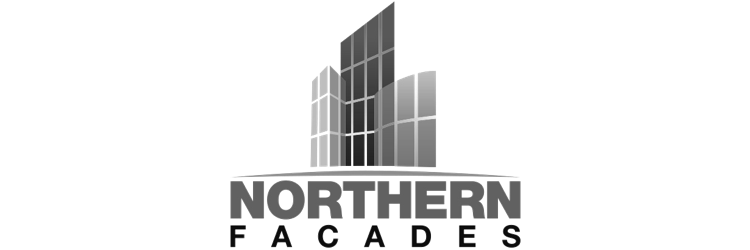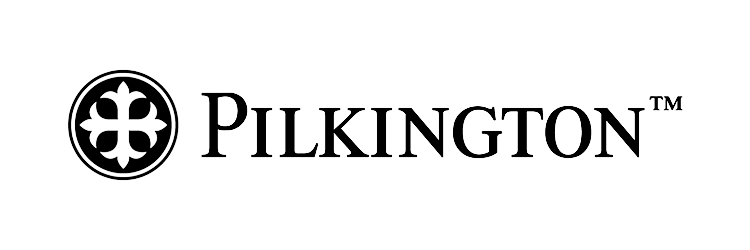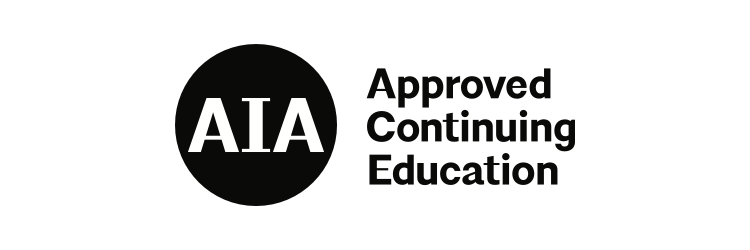Midwest
EVENT THEME
Detailing High-Performance Facades: Strategy, Specifications, and Advanced Cladding Materials
Today’s high-performance facade standards require the deft balancing of aesthetics, technical detailing, and the demands of the client and local building regulations. This workshop will discuss both material and technical solutions to meet those standards. Experts will be on hand to lead tutorials on the most recent innovations in rainscreen cladding, sealant solutions, and much more. Attendees will leave with a greater knowledge of material applications at the cutting-edge of energy performance and code compliance, all while learning of attractive solutions for clients and end users.
view_agenda Agenda
10AM - 11AM
Credit type: 1 AIA HSW LU
Provider: Northern Facades
Reaching towards Net Zero energy ready buildings is becoming a popular topic in todays climate changing world. Energy efficiency has expanded towards exterior wall assemblies where effects of thermal bridging are considered and thermally broken sub-framing systems are becoming the new norm. This course will identify and compare various cladding attachment methods on the market. Learn how to determine the appropriate clip for your project and how to compare effective thermal resistance required to achieve projects targeted R – Value.
Learning Objectives
- In this presentation you will be able to understand how the use of thermal clips will impact thermal bridging on various exterior wall assembly applications.
- Identify types of clips currently on the market.
- Learn how to calculate the number of clips required on your project by identifying structural forces involved to determine clip spacing.
- Gain insight on how the NFPA 285 fire code applies to thermal clips.
- Acquire a new ability to effectively detail thermal clips on architectural drawings.
11AM - 12PM
Credit type: 1 AIA HSW LU
Provider: Automated Fenestration
This fast-paced course is designed to inspire + educate attendees in the niche field of window automation for natural ventilation and smoke evacuation. We’ll explore the vast benefits for people and planet through improved indoor air quality, energy efficiency, cost savings, health, safety, productivity, and sustainability. This program also delves into why tying actuators into sensors through the Building Management System (BMS) is critical for success.
Learning Objectives
- Identify the benefits of natural ventilation for occupants, developers, + planet.
- Discover the importance of automation through BMS Line Actuators + why programming correct scenarios is imperative for successful natural ventilation.
- Define the importance of smoke evacuation for life safety, incident stabilization, + property conservation.
- Identify types of windows which can be actuated + how dims/weight are calculated to determine the correct actuator.
12PM - 1PM
Credit type: 1 AIA HSW LU
Provider: Pilkington North America
Different buildings have differing needs for aesthetics, performance, and functional operations. Few building materials have as great an impact on all three of these areas as glass since it plays a unique and important role in building design and the environment. The use of glass in buildings affects design, appearance, thermal performance, and occupant comfort. Historically, glass was used mainly for windows to admit air and light, but with advanced manufacturing options and the need for high performance buildings, it is now integral to interior and exterior architecture. Glass now plays a critical role in achieving a wide variety of dynamic and varied performance requirements from reducing bird strikes to generating power. These evolving technologies enable a variety of occupant and building performance improvements such as air quality improvements, fire protection, and improved acoustic performance. Additionally, these technologies can be used to enable significant reductions in the energy usage of existing and new buildings, which further improves sustainability and the push towards zero net carbon building future. Therefore, the selection of the right types of glass is a crucial element of the design process to create solutions that not just achieve the performance and aesthetic targets, but also directly lead to the greater goals of occupant health and comfort as well achieving the macroscale building demands in terms of sustainability and operations. Architects who understand the full range of possibilities available from glass manufacturers can use them to design the aesthetics, performance, and wellness standards required of the built environment today.
Learning Objectives
- Identify the different types of high-performance glass that are available and explain how these products impact occupant health, safety, and sustainability.
- Investigate the design potential and innovative opportunities to reduce bird strikes, improve sound attenuation, reduce fire risk, and improve surface cleanliness using advanced glass technologies.
- Explain how window retrofit technologies and power generating/dynamic glazing contribute to green and sustainable design in buildings.
- Acquire insights into emerging technologies being used to achieve healthier, safer, and more sustainable buildings, beyond achieving performance and aesthetic targets.










